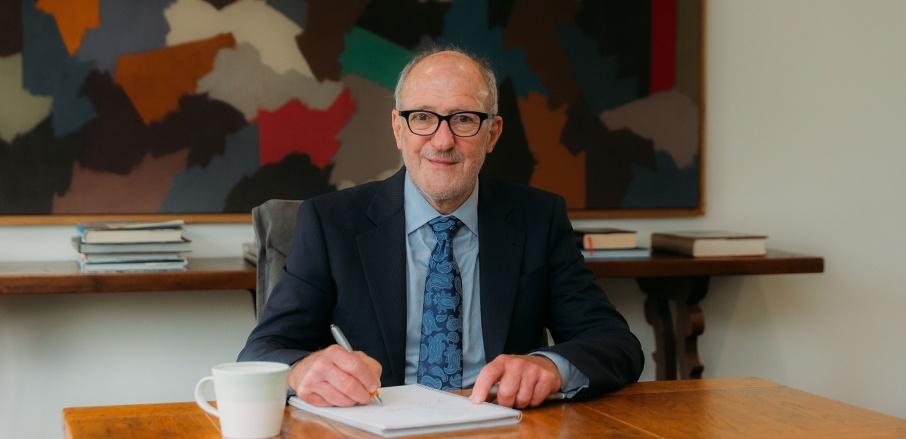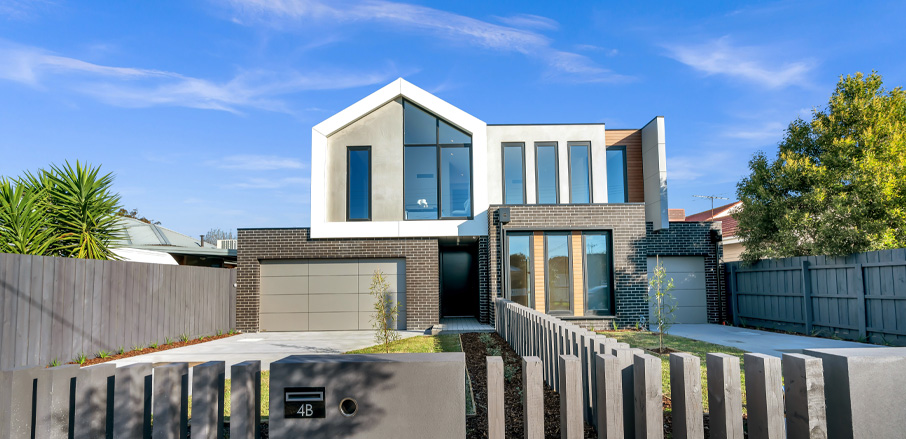
25 July 2022 — articles
buying your second home
audio available
It was getting cramped in the Simpson household. The arrival of Emily and Matt’s second child amid months of COVID lockdown made them realise they’d outgrown their existing home in a leafy bayside suburb of Melbourne.
But they were at a loss about what to do next. Should they sell their current home and buy something bigger? Or were there other options?
Emily and Matt read that interest rates were at historic lows. They also noted that the residential rental market in Melbourne was strong. Rather than make a decision on their own, they decided to make an appointment with a financial adviser and seek professional advice.
The financial adviser, Stephanie, suggested they consider keeping their first home as an investment property, while moving to a larger and more comfortable house. She pointed out that the equity in their property had grown substantially since they purchased their home seven years ago and could now be used as a good deposit for a home loan on a second property.
How Emily and Matt set themselves up for success
Emily worked as a general surgeon at a Melbourne hospital, and Matt was employed as a dentist. Their combined annual income placed them in a strong financial position to secure a loan for a second property.
Stephanie sat down with Emily and Matt and mapped out their incomings and outgoings, along with other financial commitments they had between them.
Stephanie noted they’d taken out a mortgage of $650,000 on their current two-bedroom house, and it was now valued at about $1.1 million. This provided them with approximately $450,000 in equity.
Next, Stephanie looked at their original home loan and worked out how much Emily and Matt had paid off the principal over the seven years they’d lived in the house. It was $62,000, and so she added this amount to the equity as well – which now equalled a total of $512,000.
Emily and Matt were disciplined about saving money and they’d managed to put $75,000 dollars into their joint savings account over the last few years.
So, they now had about $587,000 in equity and savings to put towards the cost of a new property.
Financial adviser Stephanie suggested Emily and Matt obtain pre-approval for a home loan from their bank. By doing this they could attend house inspections and know already what the bank was prepared to loan them towards their new home.
Most importantly, they could see what they’d get for their money and whether they could afford to upgrade to the type of three-bedroom house they were hoping to purchase.
Stephanie was able to provide a rough idea of how much they could borrow by looking at their joint income, equity and savings. Emily and Matt then went ahead and obtained pre-approval for a new home loan from their bank.
Rental Property
Stephanie explained that turning their first home into a rental property would reap substantial tax benefits because most related costs would become tax deductible expenses.
Even if it took Emily and Matt several weeks to find a suitable tenant for their first home, Stephanie explained that the interest on their mortgage would be tax deductible from the first day it went on the rental market.
They also learned that the following costs would be tax deductible:
• Local council rates
• Water connection costs
• Depreciating assets such as carpets, curtains and appliances
• Land tax and body corporate costs
• House improvements, repairs and maintenance.
Emily and Matt were pleased to hear that the costs involved in hiring a real estate agency to manage the tenancy were also tax deductible. They didn’t need to be personally involved; instead, they could liaise with a property manager.
An important matter the financial adviser did stress to Emily and Matt was the care they must take keeping accurate financial records, including receipts of any costs associated with their rental property. This would ensure their costs could be properly documented on the couple’s income tax returns.
The benefits of an offset account
Stephanie advised Emily and Matt to set up an offset account at the same bank providing their mortgage. The mortgage and the offset account would be linked. Funds deposited into the offset account could be offset against the principal of the mortgage. This, in turn, would decrease the interest paid on the home loan.
For example, let’s say Emily and Matt have a mortgage of $400,000 and the balance of their offset account with the same bank was $75,000. This means the $75,000 sum would be offset against the principal of the linked mortgage, so that interest was only paid on $325,000 of that loan. This would save the couple thousands of dollars over the term of their mortgage.
Capital gains tax
Another issue Emily and Matt needed to consider was capital gains tax (CGT). This is a tax that applies to most investment properties when they are sold. This tax is paid on the increased value of the property over the time it is held as an investment.
In most cases, CGT only applies to investment properties. A person’s principal place of residence remains exempt from CGT. If, as in Emily and Matt’s case, they live in the house for a number of years before using it as a rental property, the proportion of time it was used as a principal residence can reduce the capital gains tax implications.
Legal liability
Emily is also thinking about opening her own surgical practice in the future and noted that malpractice lawsuits are a common concern for surgeons. She asked Stephanie for advice on whether they should look at different ways to structure their property portfolio so the family is protected.
Stephanie explained that it was indeed possible to shield their properties from possible legal action, and they could look at structuring their finances and property ownership to protect their family.
How did it all work out?
Emily, Matt and their two children managed to borrow 100% of the purchase price of their new home. By opening an offset account they’re actively reducing their mortgage interest payments, while saving funds to renovate parts of their new home and build Matt a man cave in the backyard.
Contact us
Impressed by Emily and Matt’s hard work? If you’d like to put your equity to work and purchase a second property, speak to your Bongiorno adviser today. They can provide professional advice on how to build your real estate portfolio.
For more information, or to book a complimentary meeting with a professional financial adviser, please phone 03 9863 3111 or email enquiries@bongiorno.com.au.
Ricky Caldow BCom (Acc/FinPlan), Cert.IV FMB
Senior Consultant| Bongiorno Group
As this general advice has been prepared without taking account of your objectives, financial situation or needs, you should consider the appropriateness of this advice before acting on it. If this general advice relates to acquiring a financial product, you should obtain a Product Disclosure Statement before deciding to acquire the product.

make every day a good day
Interested in speaking with one of our advisers about achieving your financial and lifestyle goals? Click below to register your interest and we will contact you to make a complimentary appointment (that fits around your busy schedule)


